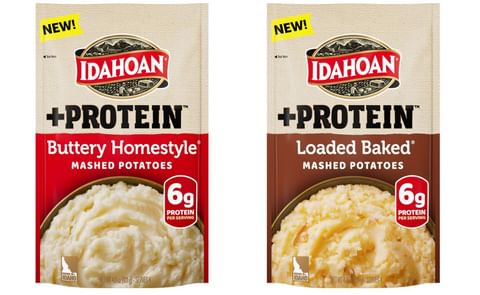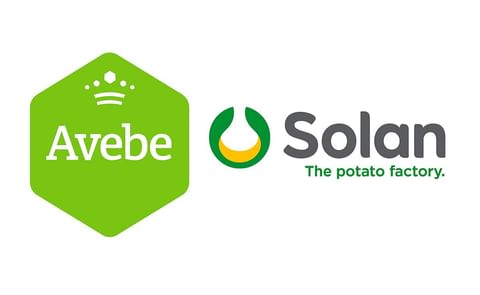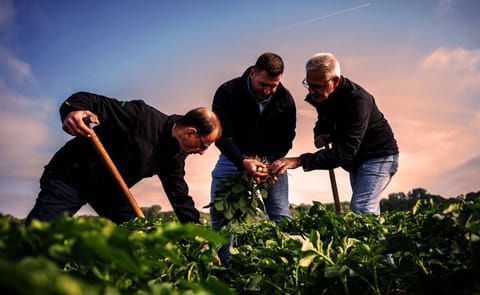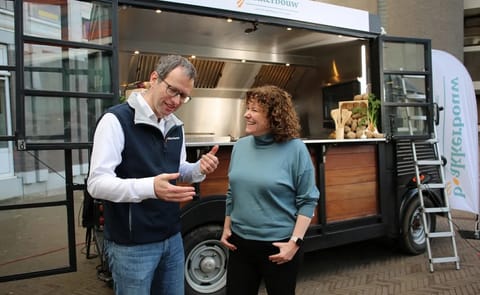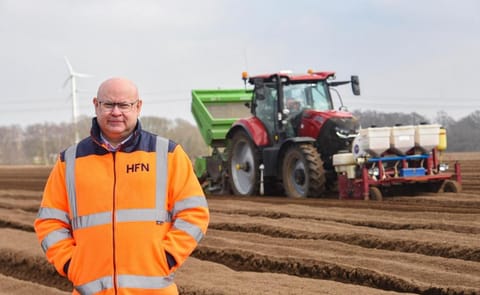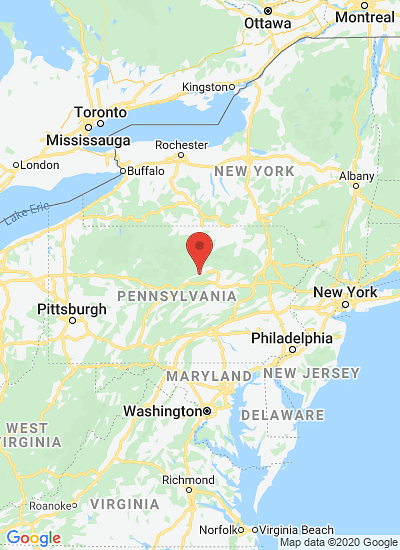A process that spins starch into fine strands could take the sting out of removing bandages, as well as produce less expensive and more environmentally-friendly toilet paper, napkins and other products, according to Penn State food scientists.
"There are many applications for starch fibers,"said Lingyan Kong, graduate student, food science, "Starch is the most abundant and also the least expensive of natural polymers."
Kong, who worked with Greg Ziegler, professor of food science, used a solvent to dissolve the starch into a fluid that can then be spun into long strands, or fibers. These fibers can be combined and formed into paper-like mats similar to napkins, tissues and other types of paper products.
Once the process is scaled to industrial size, companies could make bandages and other medical dressings using starch fibers. Unlike bandages that are currently on the market that must be - often painfully - removed, starch bandages would degrade into glucose, a substance the body safely absorbs.
"Starch is easily biodegradable, so bandages made from it would, over time, be absorbed by the body,"said Kong. "So, you wouldn't have to remove them."
Starch is a polymer made of amylose and amylopectin. Polymers are large molecules that are composed of chains of smaller, repeating molecules. Starches, typically found in corn, potatoes, arrowroot and other plants, are most familiar to consumers as cornstarch, potato starch and tapioca starch.
Starch does not completely dissolve in water but instead becomes a gel -- or, starch paste -- that is too thick to make fibers. To solve the problem, the researchers added a solvent to help the solution dissolve the starch, but not destroy its molecular structure, Kong said.
The researchers used an electrospinning device that, in addition to the solvent, helped stretch the starch solution into fibers. The device uses a high voltage electrical charge to create a charge repulsion to overcome surface tension, which stretches the droplets of starch into long strands.
Kong said companies could modify the technique to scale the process for industrial uses.
During experiments on starch fibers, the researchers successfully used an extended range of amylose concentrations from 25 to 100 percent. Kong noted that because starch is so abundant, it is less expensive than other materials currently used to form fibers. Cellulose, typically derived from trees, is one of the most common sources of polymers. Petroleum-based polymers are also used as raw materials. However, both cellulose and petroleum-based materials continue to increase in price, as well as present environmental challenges.
The researchers have filed a provisional patent for this work. The U.S. Department of Agriculture supported this work.


